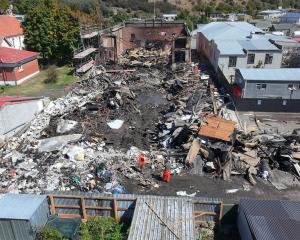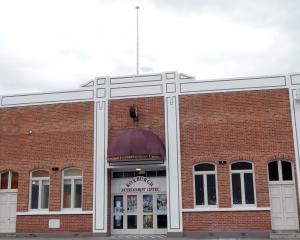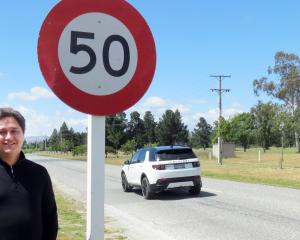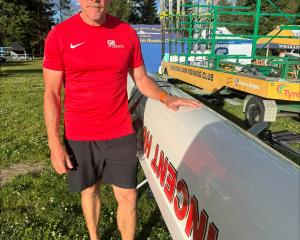
Ministry of Business, Innovation & Employment (MBIE) manager energy projects and programmes Andrew Miller said two members of the NZ Battery Project team were in the valley from Wednesday and would hold final meetings today.
The NZ Battery Project is looking at Lake Onslow compared with other energy storage solutions to New Zealand’s dry-year electricity problem.
Early estimates anticipate a cost of about $4billion but the feasibility study, expected to wrap up in May 2022, would provide greater certainty about costs.
Mr Millar said the two members of the project team — the principal policy adviser and the senior stakeholder and engagement adviser had scheduled about 10 meetings with landowners, local government representatives and community groups throughout the Teviot Valley.
It was the meetings with landowners that were the most important as they would be the most affected by the potential Lake Onslow pumped hydro option, he said.
There were two key strands of the investigation. The first looked at cultural, environmental, recreational, landscape and conservation values of the lake and surrounding areas, while the second focused on engineering, geotechnical and environmental investigation.
MBIE’s latest NZ Battery Project E-news says in May, the Department of Conservation (Doc) undertook some initial freshwater fish values assessments and National Institute of Water and Atmospheric Research (Niwa) staff assessed possible locations for a meteorological station and buoy in the lake.
That work was to understand the ecology of the lake and the fishery, consider changes in climate, expanding of the lake and fluctuating lake levels.
Staff from the Cawthron Institute also began ecological assessments of the lake and tributaries.
Preliminary work was completed before winter and was likely to resume in spring.
Meanwhile, a landscape architect had nearly completed a landscape values assessment.
Last month, tenders were called for engineering, geotechnical and environmental work to identify, investigate and design the key aspects of the scheme.
The study would help in understanding the feasibility, possible design and configuration options for pumped hydro at Lake Onslow, and give clearer insight into the cost, construction timeline and potential risks.
Tender responses were being evaluated and the successful supplier was expected to be appointed next month.
Comments
What are the other options are they looking at?
Tesla's mega battery is good for balancing grid loads that have high intermittent supplies (renewables). Long term storage? NO!
Italian, Energy Dome have a longer term option at a reduced cost because it uses readily available technologies, has a small footprint and it's scalable because it's modular but has yet to be proven.
USA, Ambri produce a liquid metal battery that is scalable, modular, compact and proven. They are still looking for a market to break into mass production.
The next question is where is the energy these batteries are going to store come from?
By all accounts, we need to at least double electrical generation to electrify everything.
We didn't pursue the Waitaki run of the river generation scheme.
We canned the Beaumont dam project.
Four billion $ is a lot for NZ to stack on one egg tray. How long will it take to build?
How many years to fill? Two dry years in a row, then what?
Would we not be better off becoming a global supplier of a modular system while boosting our own generation?
In the meantime we keep burning imported coal because we don't have the gas.
God save NZ, because our politicians won't.











